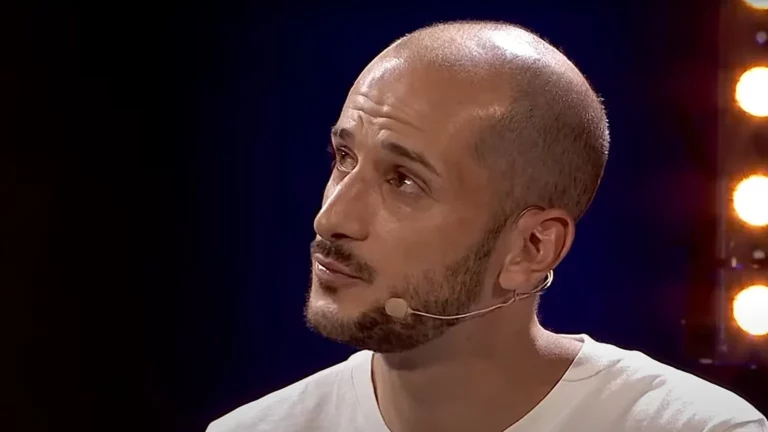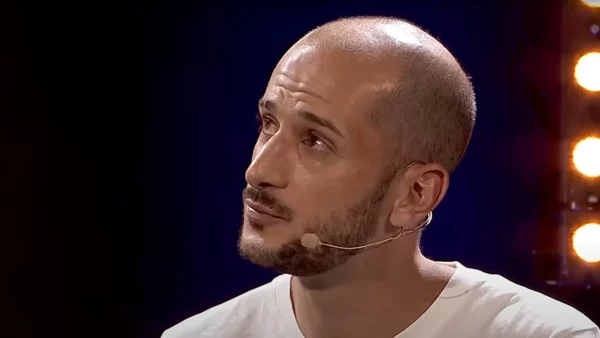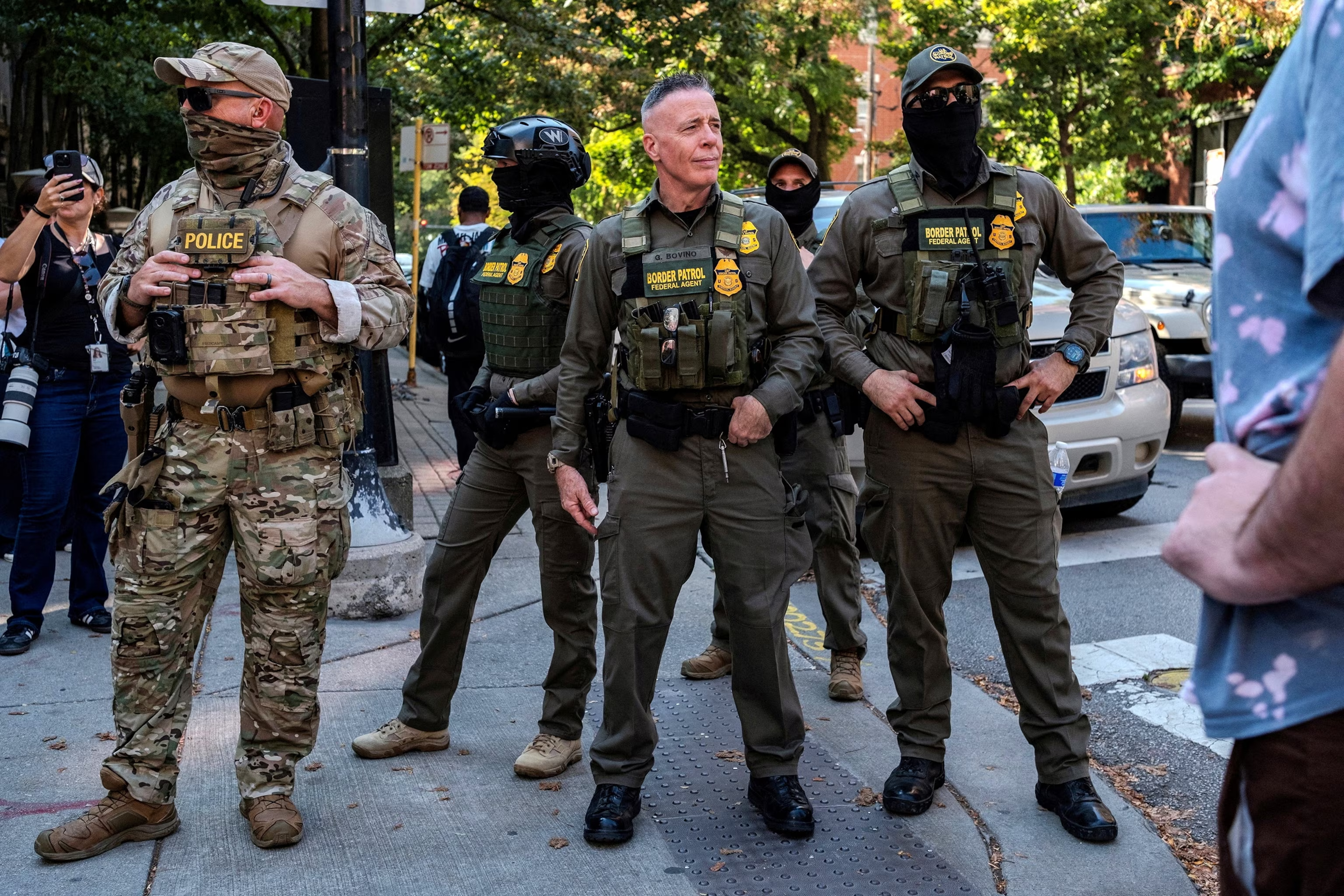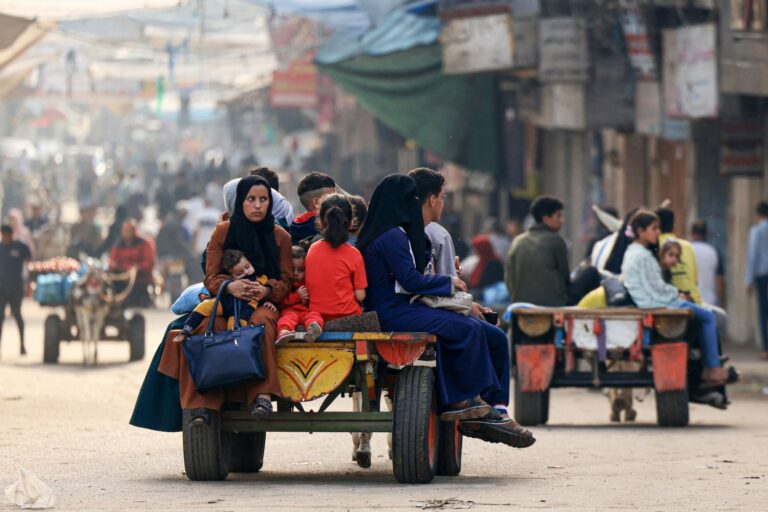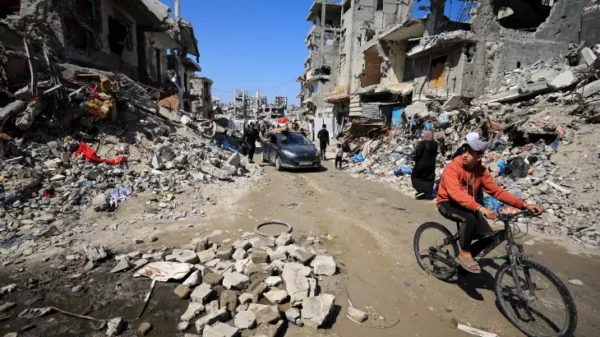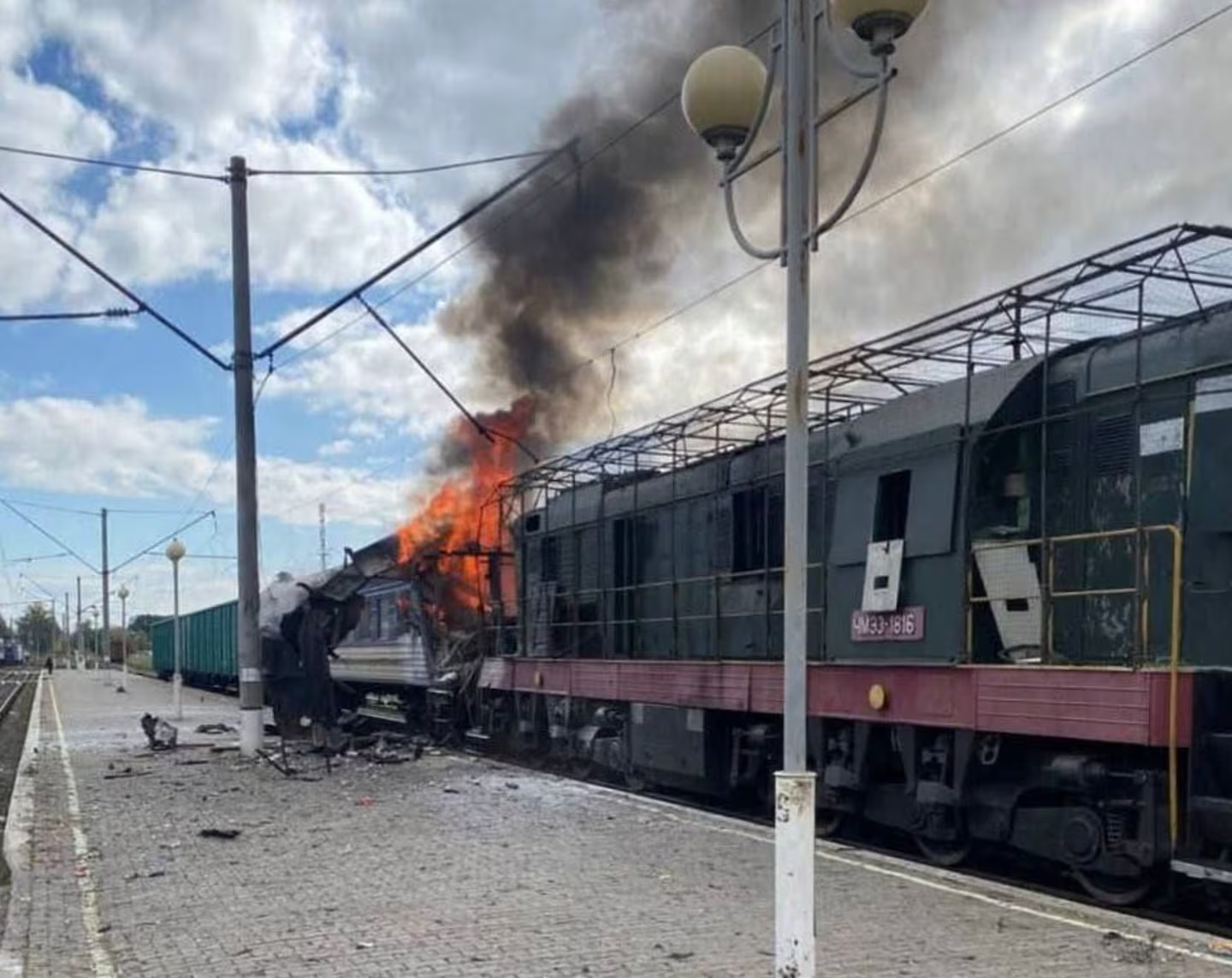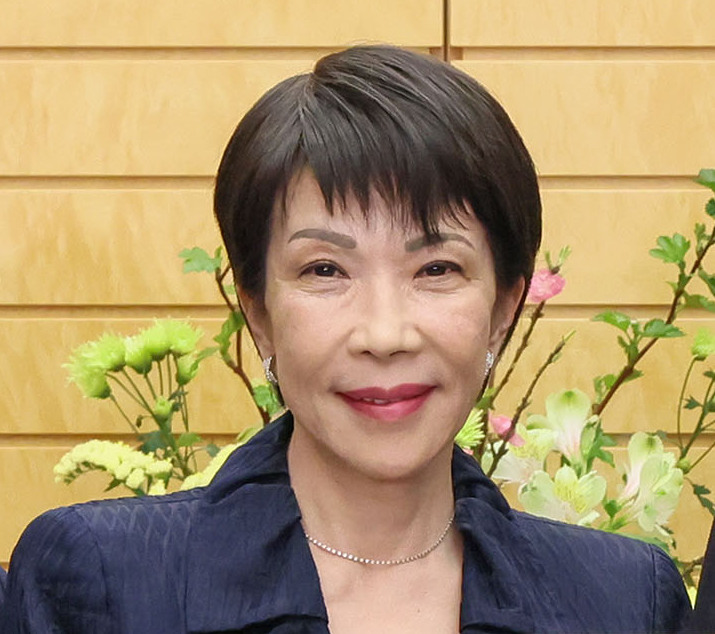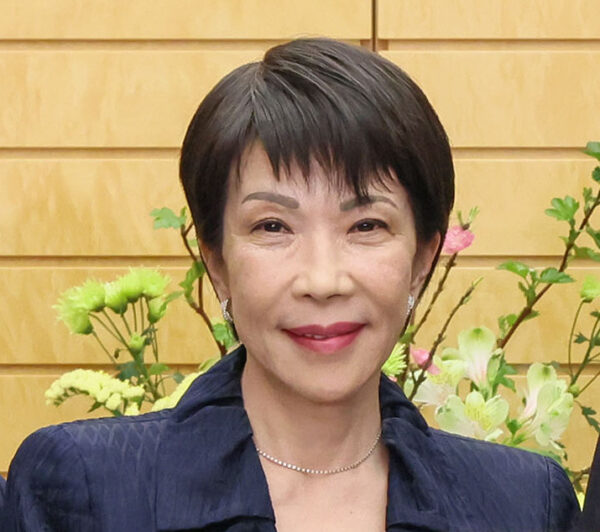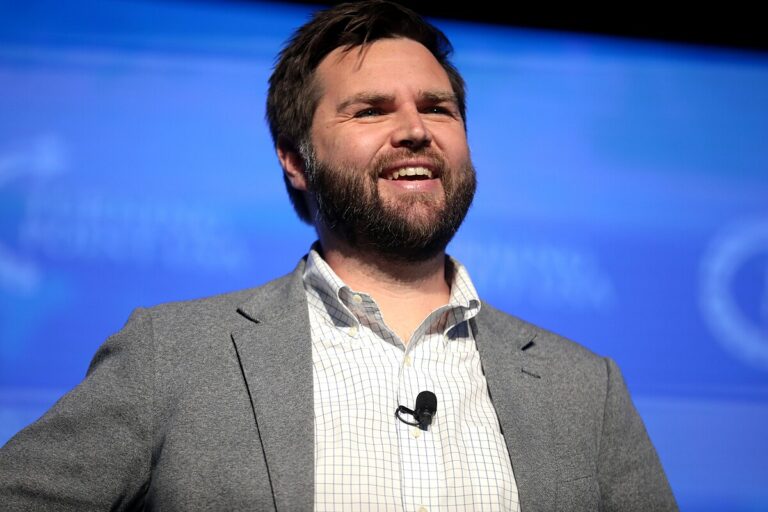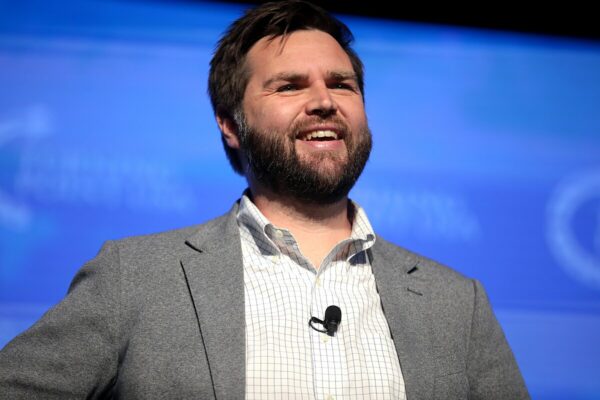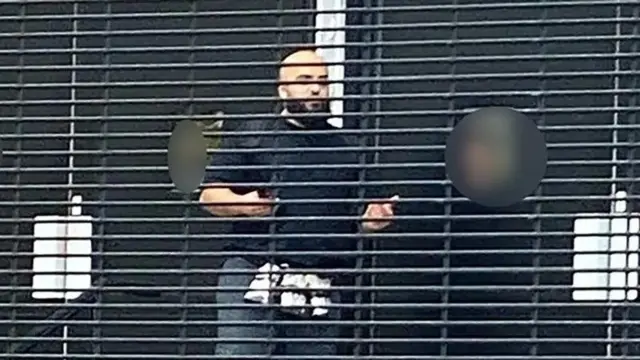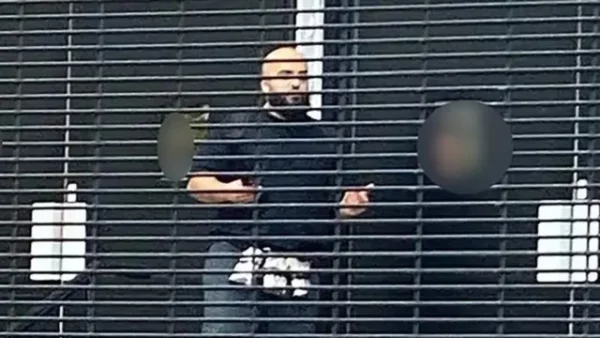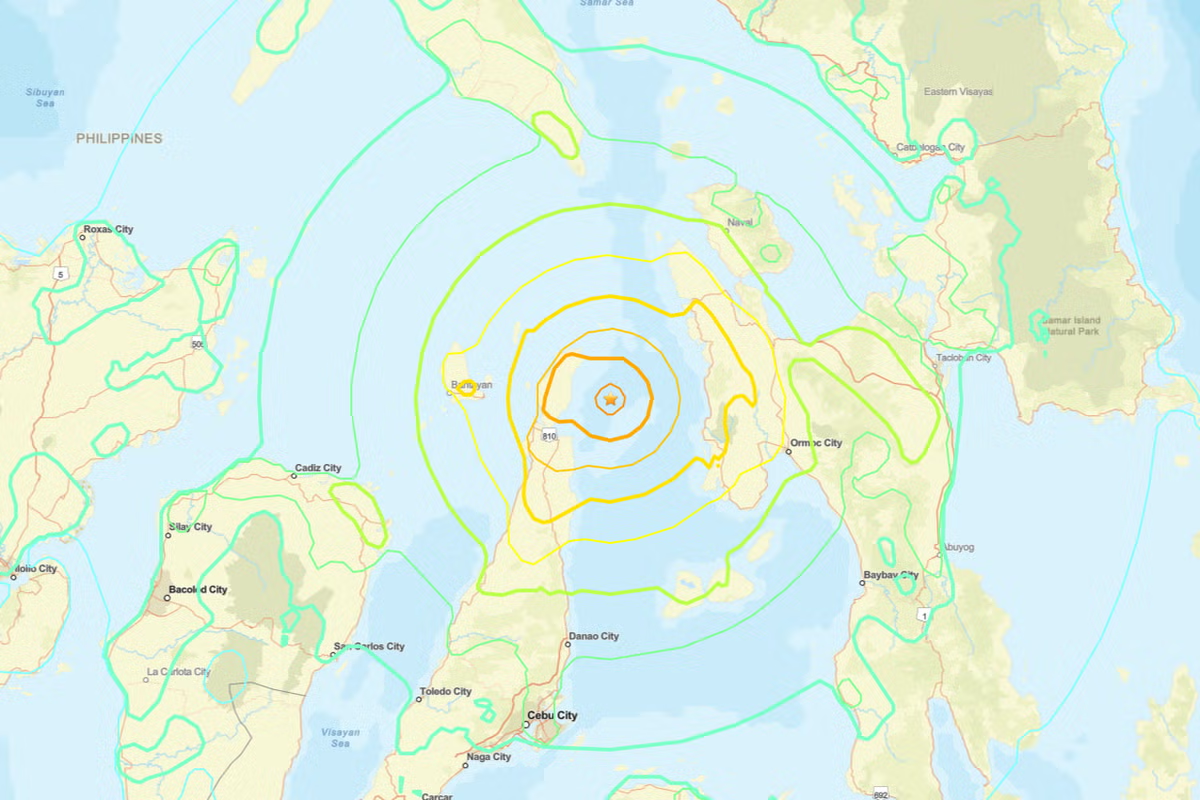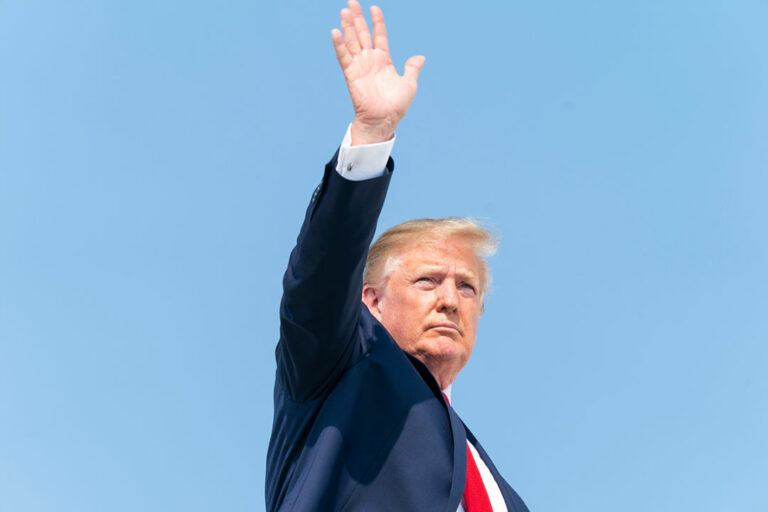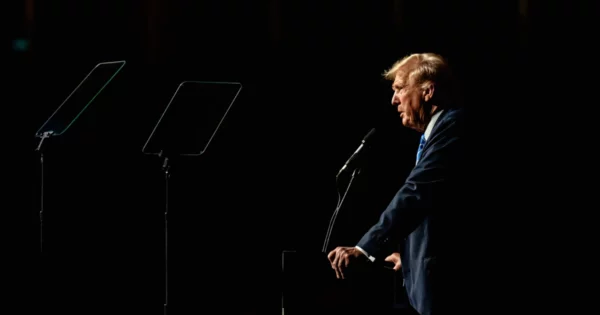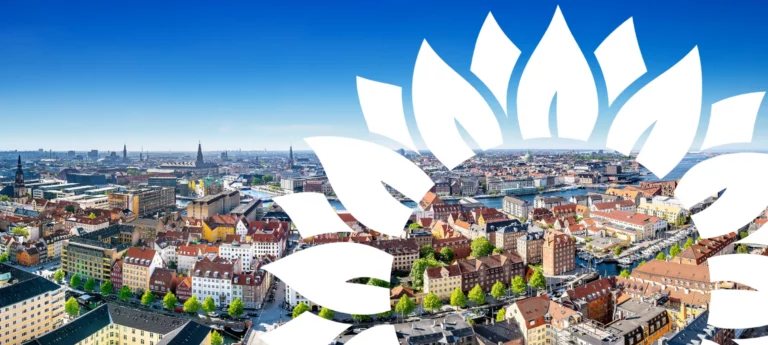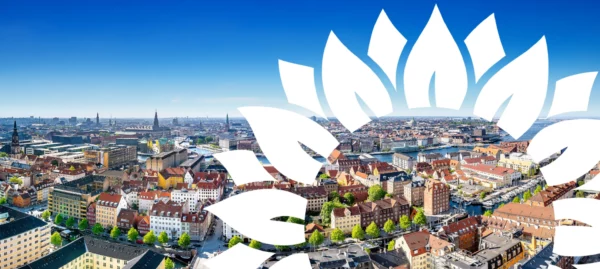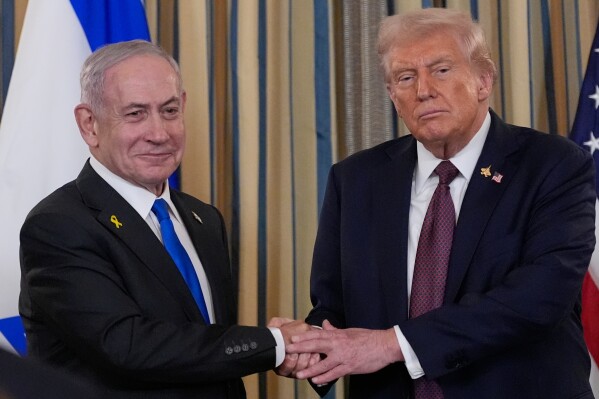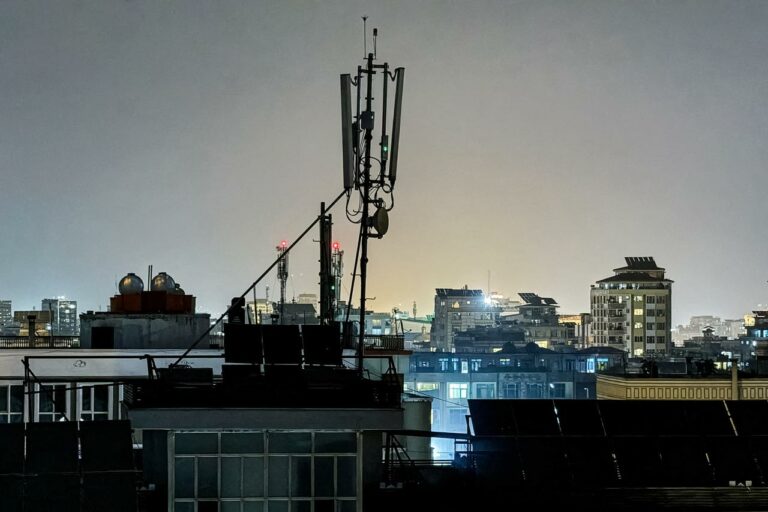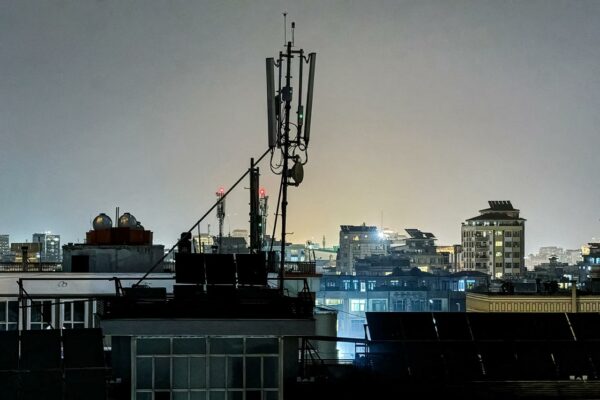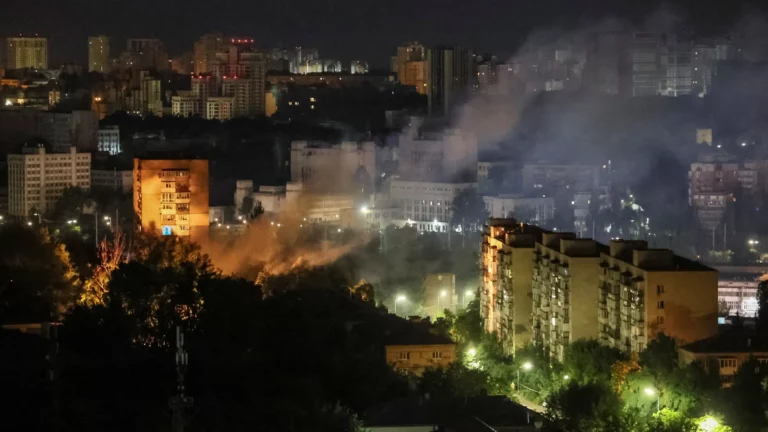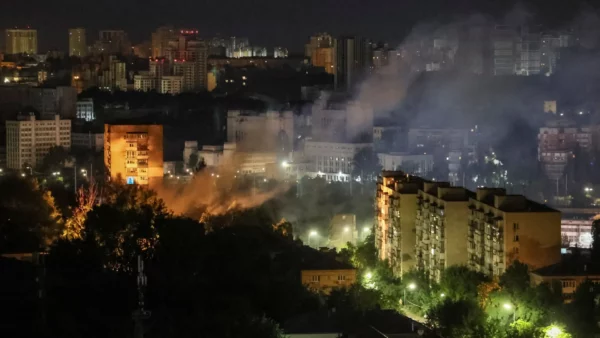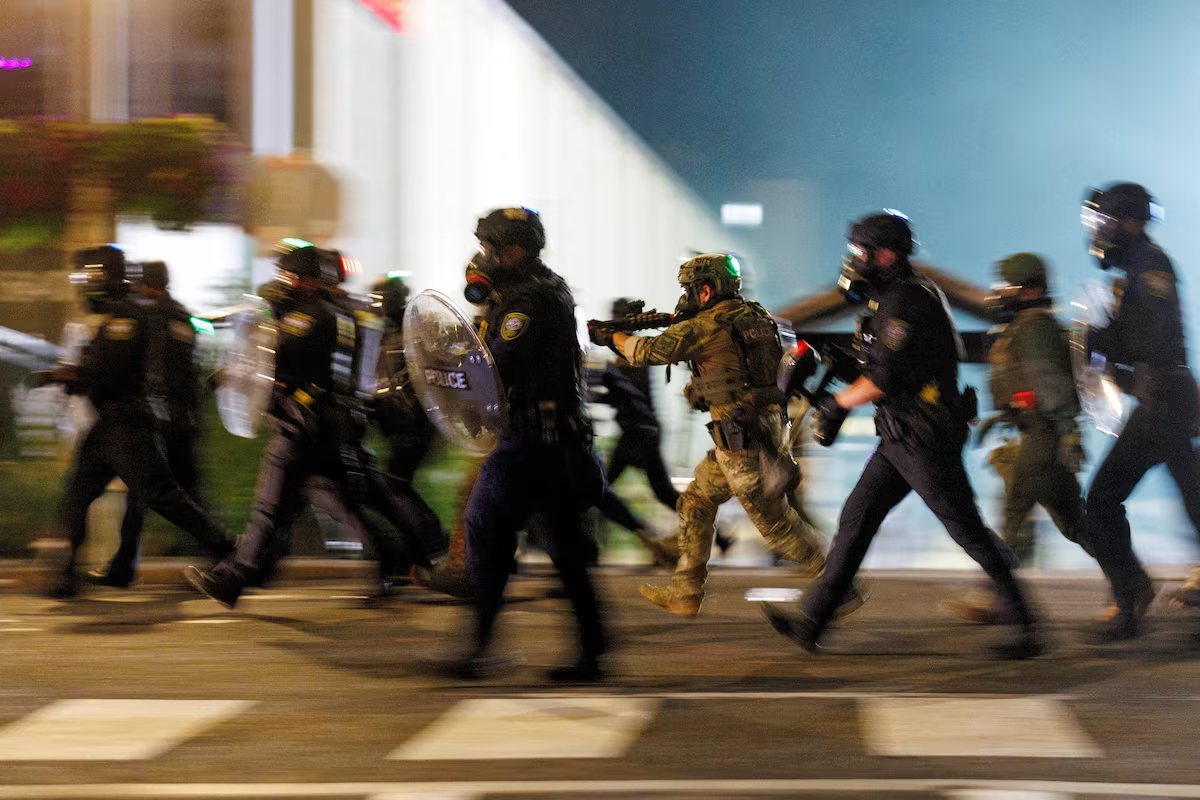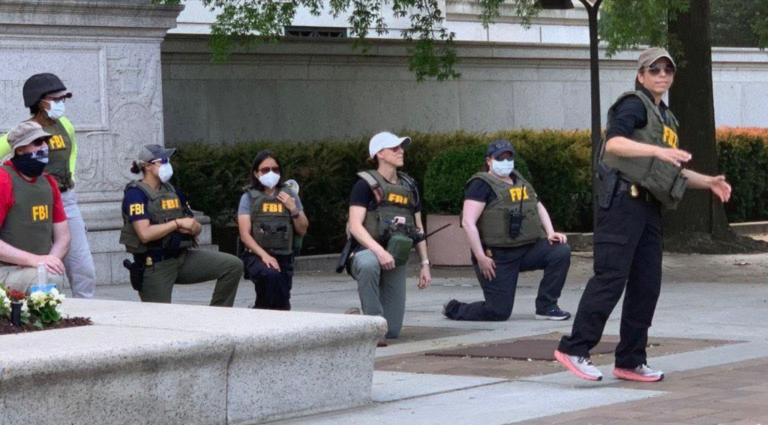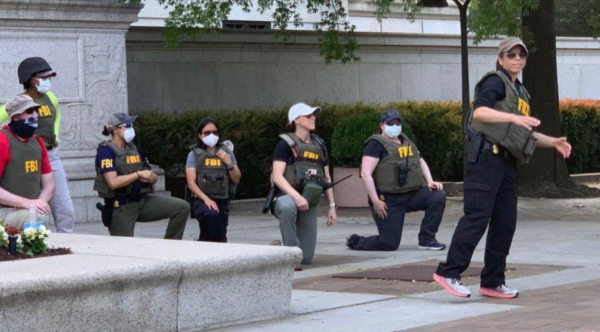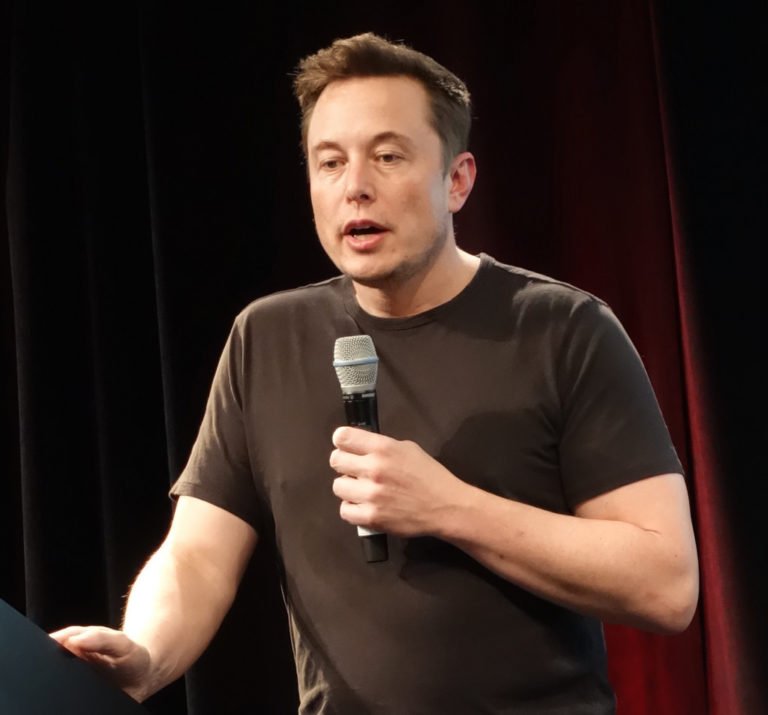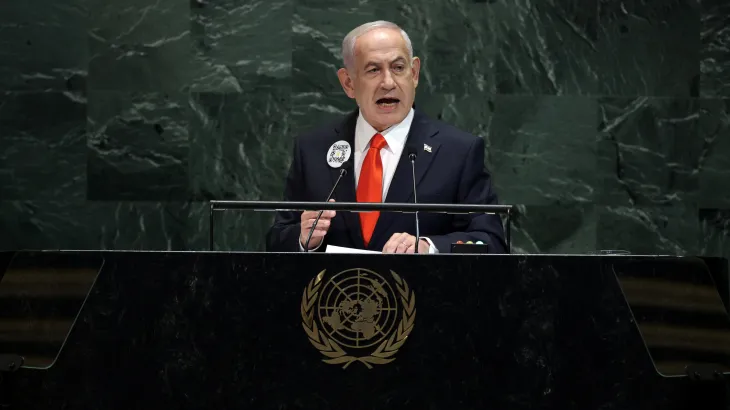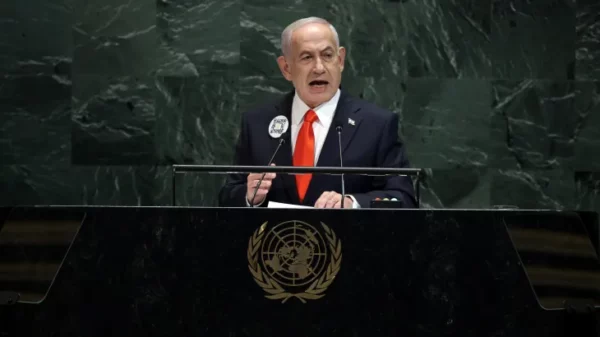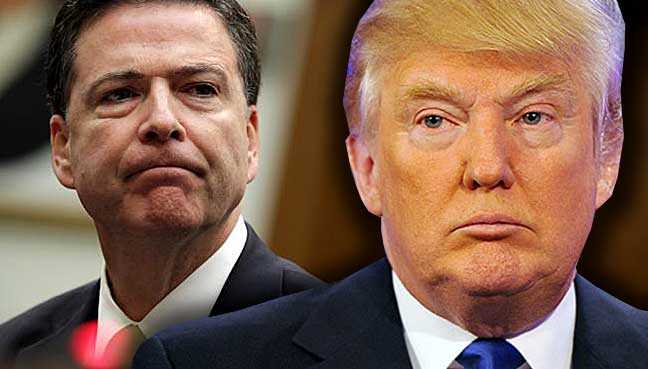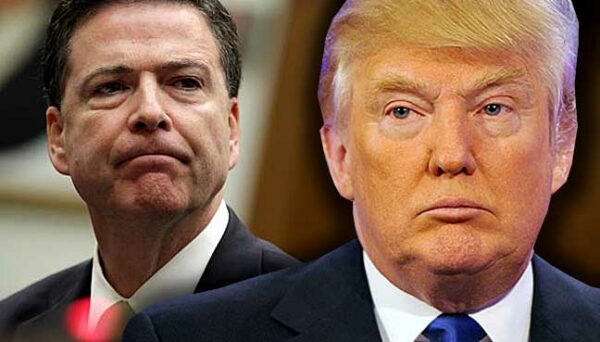In a dramatic escalation of air defense readiness, NATO member Poland scrambled its own and allied fighter jets early Sunday morning after Russia launched a devastating wave of missile and drone attacks that struck deep into western Ukraine, dangerously close to the Polish border.
The deployment of quick-reaction alert aircraft underscored the acute and growing threat of the conflict in Ukraine spilling into NATO territory, a contingency that has kept the alliance’s eastern flank on a razor’s edge since Russia’s full-scale invasion began.
Highest State of Readiness
Poland’s Operational Command announced the action, confirming that “Polish and allied aircraft are operating in our airspace, while ground-based air defense and radar reconnaissance systems have been brought to the highest state of readiness.” This posture was adopted as Russian missiles and Iranian-designed drones pummeled the Lviv region, a major western Ukrainian hub located just about 70 kilometers (43 miles) from the Polish frontier.
The mayor of Lviv, Andriy Sadovyi, reported that the city’s air defense systems were “heavily engaged” in repelling a relentless, multi-wave assault that included both drones and a subsequent missile attack. The strikes left parts of the city without power and public transportation halted.
Though the specific aircraft and base involved in the scramble were not immediately disclosed, previous reports have indicated that NATO allies, including Norwegian F-35s, have been deployed to Polish airbases like Poznań-Krzesiny to bolster the alliance’s integrated air and missile defense, particularly in the vicinity of key logistical hubs like Rzeszów Airport.

The Near-Miss Threat
This latest incident highlights a recurrent and perilous theme of the war: the geographical proximity of Russian strikes to the NATO border. Eastern-flank members of the alliance have been on high alert, citing past incursions where suspected Russian ordnance has entered Polish airspace. In an earlier, separate incident, Polish and NATO forces were forced to intercept Russian drones that violated Polish airspace, marking what officials called their first direct military engagement with Moscow since the 2022 invasion.
The renewed urgency in Warsaw comes amid broader regional jitters. Flights over parts of southeastern Poland, near the cities of Lublin and Rzeszów, saw commercial traffic adjustments, and air traffic control across the region warned of delays due to “unplanned military activity related to ensuring state security.”
A War of Infrastructure
Across Ukraine, the overnight barrages also hit targets far from the western border. A late-night attack on the city of Zaporizhzhia in the southeast killed one person and injured nine others, devastating residential buildings and cutting power to tens of thousands of customers. Russian forces have consistently targeted critical infrastructure, including Ukraine’s power grid, gas network, and transportation facilities, in a sustained effort to undermine Kyiv’s ability to resist.
For Poland and NATO, the scramble of fighter jets is a routine but deeply significant preventive measure—a clear signal of resolve to defend every inch of allied airspace, and a stark reminder that the war on their doorstep is, at any moment, just one errant missile away from a full-blown international crisis.

